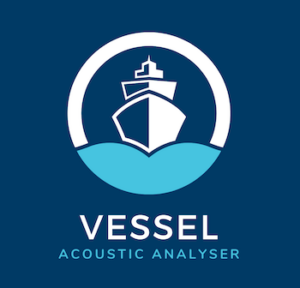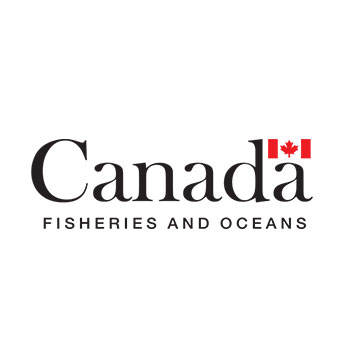Fin Finder and Vessel
We’ve developed our own software to analyse soundscapes, the sounds from marine animals and anthropogenic noise sources such as vessels. Developing our own software gives us the flexibility required for wide-ranging projects in ocean acoustics science.
FinFinder is a machine learning detection software that uses parallel computing to process raw acoustic files from any autonomous recorder, as well as real-time data acquisition systems and localisation arrays. The software incorporates detectors for a wide range of baleen whales and echolocating dolphins. It also has options for incorporating traditional detection methods that can be combined with the machine learning to increase performance. The software’s detection algorithms are greatly accelerated using GPU arrays and/or parallel computing on a string of computers.
Alongside FinFinder is the software Vessel. Vessel detects vessel noise in recordings, counts small-boat passbys and models vessel noise. Being a spin-off from FinFinder’s source code, Vessel shares the same capabilities in processing real-time data streams or archived audio.


Cetalink
Introducing Cetalink, our new real-time detection software for remote passive acoustic monitoring, designed to run 24/7. Cetalink is a natural next step for Ocean Acoustics in that it builds on its FinFinder and Vessel proprietary software. Cetalink is designed to run on ultra-low power system-on-module boards, and can be easily added to coastal buoys, vessels, cabled hydrophones to shore stations, etc, with a 5V or 12V DC power output.
Cetalink runs neural network inference to detect and classify ocean sounds, such as marine mammal vocalisations, at sea (on-board processing), reporting in real-time to the SeaStats dashboard (with collaboration with Dr Ben Hendricks, SoundSpace Analytics) and the cloud.
Raw audio snippets and processed spectrograms are automatically transmitted to AWS S3 buckets and can be sent to any computer/server that is connected to the internet. This allows users to conduct their own verification of detections and perform their own analyses on the raw audio for bioacoustics research – all without the need of retrieving buoys!
A key advancement of Cetalink is its capability of over-the-air updates. This means, that even after deployment in the field, Cetalink’s deep-learning models continue to be trained, thereby increasing its accuracy. Due to this continued learning, the system works well in high-noise environments. Cetalink has also been designed with flexibility to give researchers the ability to deploy their own detectors or convoluted neural network detectors for real-time data collection and processing – preventing the need for retrieving recorders and batch-processing archived data. Changing detection models or algorithms (if not CNN-based), even after deployment, is also possible through SSH.
Cetalink is designed to run on any hydrophone and DAC system that can provide a data stream over USB. The software then processes that audio data stream before sending only detection information to the cloud/web dashboard. Telemetry is achieved using embedded modems, such as 4G/5G or WiFi (for connecting to nearby StarLink routers, for example).

We are a community of experts that specialise in the measurement, assessment and monitoring of underwater noise from biological, physical and anthropogenic noise sources
Our services include:
- Data analysis services for any data acquisition system (SoundTrap, IcListen, AMAR, HARP, Song Meter, Aural-M2, PORPOISE, CPOD, National Instruments and more). Whether only a few days of recordings or several years, continuous or duty-cycled, we can process your data so you can focus on the results!
- Advanced acoustic propagation modelling in all aquatic environments.
- Biological effects (such as injury/hearing loss, behavioural and auditory masking in marine mammals and fish) modelling from shipping, pile-driving, marine dredging, seismic surveys, drilling and renewable energy devices.
- Sound source verification surveys, including those required for ground-truthing acoustic propagation models.
- Passive acoustic monitoring of ambient soundscapes, including marine mammals, fish and anthropogenic noises.
- Soundscape analyses, including noise budgets.
- Marine mammal monitoring using acoustics.
- Automated detections of sound sources, including vessels, marine mammals, fish and construction activities.
- Sound-source localisation and tracking.
- Detection, classification and tracking of recreational and commercial vessels.
- Underwater noise assessments for environmental impact assessments/resource consent applications.
- Monitoring underwater machinery noise to assess on-going performance.
- Designing and performing scientific experiments to investigate underwater noise effects on marine mammals and fish.







